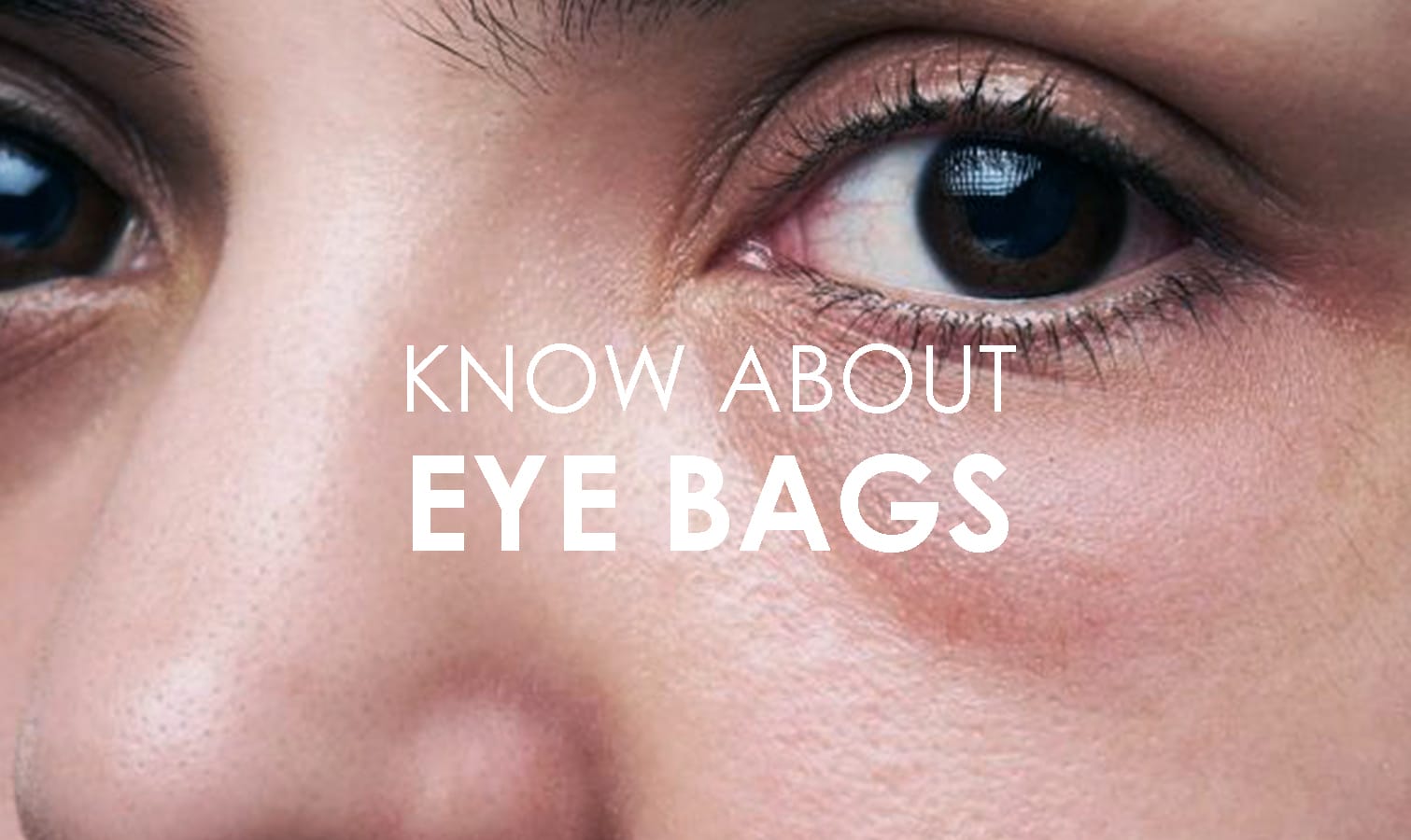What Does Eye Bags Indicate
Eyes are one of the most important features of the face. It's often the first thing people notice when they meet you. However, as we age, our eyes tend to develop unwanted wrinkles, dark circles, and eye bags. Eye bags are a common problem that people face, and it's not just a case of aesthetics, it can also affect mental health. But what exactly are they, and what causes them?
Types of Eye bags

Eye bags come in different sizes, shapes, and colors. Here are some types of eye bags:
1. Puffy Eye Bags: This type of bag is caused by water retention in the area surrounding the eyes. It can be caused by excessive alcohol consumption, excessive salt intake, and allergies.
2. Fat Eye Bags: This type of bag is caused by a buildup of fat in the area around the eyes. It's usually more common in older people as the skin in the area tends to become thin and less elastic.
3. Dark Eye Bags: This type of eye bag is usually caused by hyperpigmentation, which makes the skin under the eyes darker than the surrounding areas. It can also be caused by aging.
Causes of Eye Bags
Now that we know the different types of eye bags, let's take a look at what causes them:
1. Ageing: Ageing can cause the skin around the eyes to become thinner and less elastic, leading to the formation of eye bags.
2. Genes: In some cases, eye bags can be hereditary. If your parents had eye bags, there's a good chance that you'll also develop them.
3. Allergies: Allergies can cause inflammation, puffiness, and itching around the eyes, which can lead to the formation of eye bags.
4. Lack of Sleep: Not getting enough sleep can cause the blood vessels under the eyes to dilate, leading to the formation of eye bags.
5. Lifestyle Choices: Smoking, excessive alcohol consumption, and a diet high in salt can lead to the formation of eye bags.
Treatment for Eye Bags
Fortunately, there are several treatments available for eye bags:
1. Eye Creams: Eye creams that contain retinol, caffeine, and vitamin C can help to reduce the appearance of eye bags.
2. Fillers: Fillers can be injected under the eyes to fill in the area and reduce the appearance of eye bags.
3. Surgical Procedures: In severe cases, surgical procedures such as blepharoplasty can be done to remove excess skin and fat.
4. Lifestyle Changes: Making lifestyle changes such as quitting smoking, reducing alcohol consumption, and eating a healthy diet can also help to reduce the appearance of eye bags.
Conclusion
Eye bags are a common problem that affects many people. They can be caused by a variety of factors, including ageing, genetics, allergies, lack of sleep, and lifestyle choices. Fortunately, there are several treatments available that can help to reduce their appearance. If you're struggling with eye bags, make sure to talk to your doctor or a skincare professional to find the best treatment option for you.